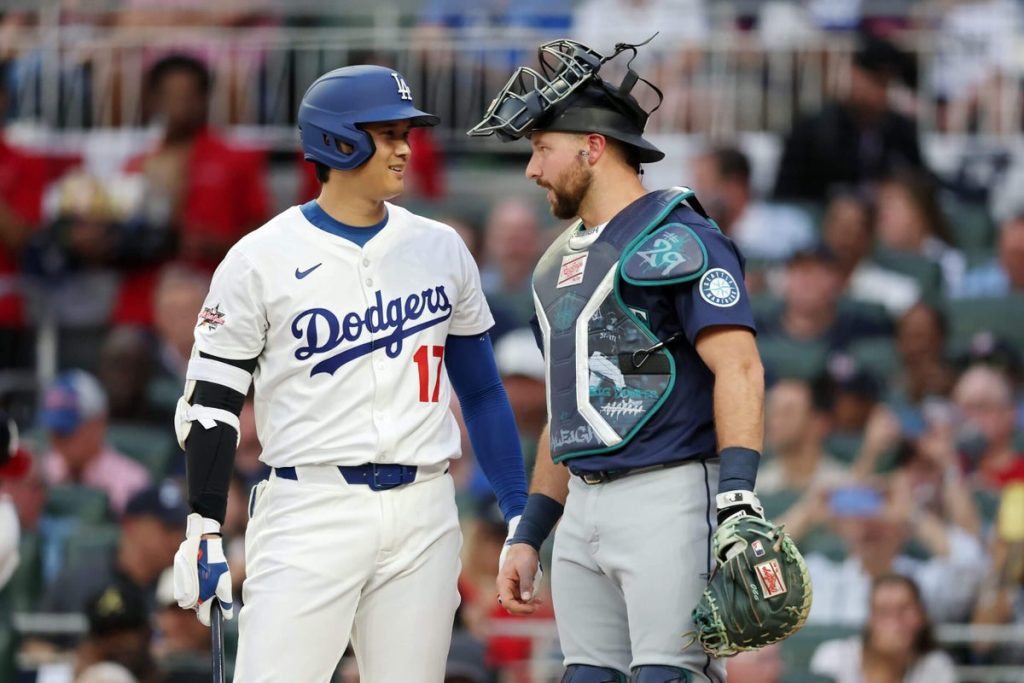The deadline for voting on the seasonal MLB awards is set before the Wild Card series kicks off on Tuesday. This timing seems appropriate since the Most Valuable Player and Cy Young awards celebrate players’ achievements over the entire six-month regular season.
However, once the playoffs begin, there’s often a noticeable trend where even the top-performing hitters and pitchers struggle. Is there truth to the notion that award winners experience difficulties in postseason play?
With insights from STATS Perform, we reviewed the playoff performances of Cy Young and MVP winners over the past two decades, and indeed, it appears that a significant gap exists between their regular-season success and postseason results. Here’s a summary:
Playoff Performance of Award Winners
| MVPs | BA | OBP | SLG |
|---|---|---|---|
|
Reg. Season |
0.323 |
0.408 |
0.597 |
|
Postseason |
0.247 |
0.356 |
0.451 |
|
CY Youngs |
ERA |
K% |
BB% |
|
Reg. Season |
2.51 |
27.8% |
5.1% |
|
Postseason |
4.23 |
28.1% |
8.2% |
Reasons for Underperformance
One possibility isn’t a “lack of the clutch gene.” Research has shown that clutch performance is inconsistent year-to-year. Statistical analysis of hitters in late-game scenarios reveals no solid correlation in performance over time, with many Hall of Famers underperforming in the playoffs.
Fatigue Factor
A common requirement for MVP or Cy Young titles is playing a full season. Cy Young winners, on average, pitch around 194 innings. Due to this extensive workload, fatigue could hinder performance in the playoffs, especially for those like Justin Verlander, who once pitched a career-high 251 innings before struggling in the postseason.
Stronger Competition
The quality of competition in the postseason is undoubtedly higher, with average fastballs reaching around 96 mph—approximately a mile per hour faster than in regular season play. This increase in velocity and tougher opposing hitters exacerbates the difficulties for award-winning players.
The Role of Luck
Luck is another factor that may explain these performance discrepancies. With 20 years of data across 40 players, the outcomes still reflect various small samples, limiting definitive conclusions about any single player’s postseason performance. Regular-season achievements might not carry over into October if luck doesn’t favor them.
While none of these explanations provide a complete answer, they shed light on the trend where standout players may face challenges in the playoffs. Although there have been notable exceptions, this pattern suggests that the intense demands of the regular season could impact postseason performance.



